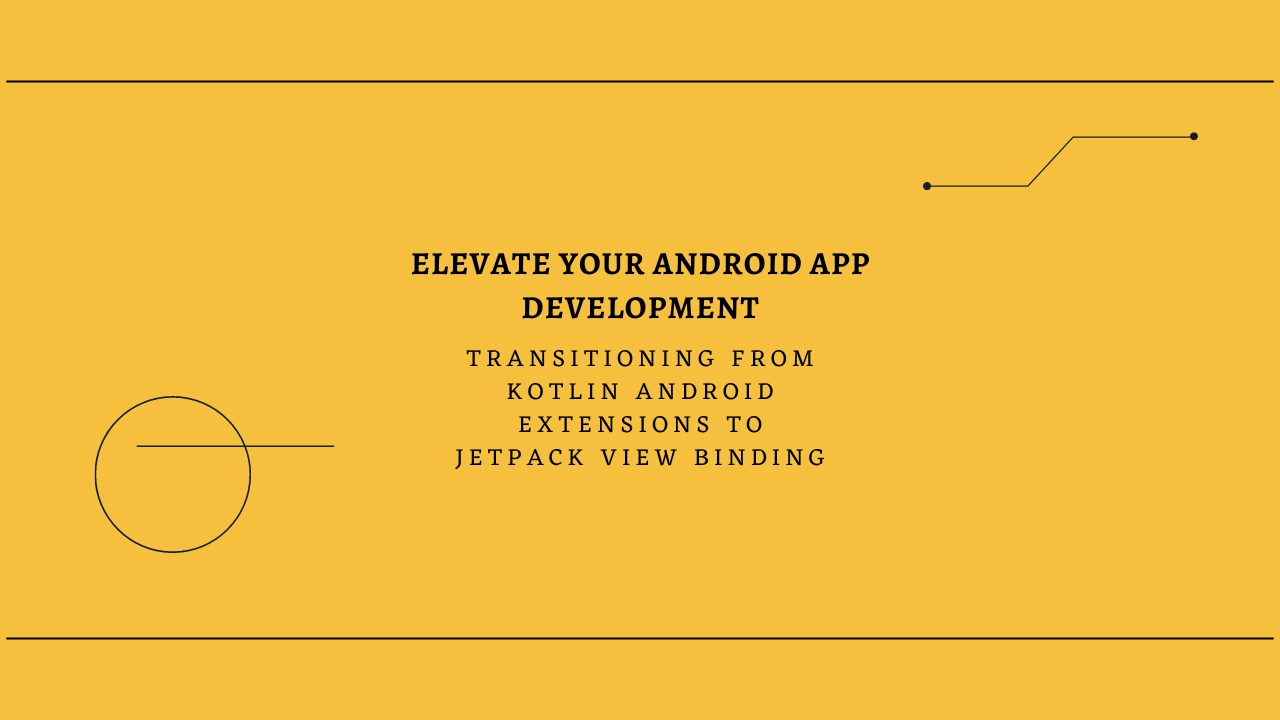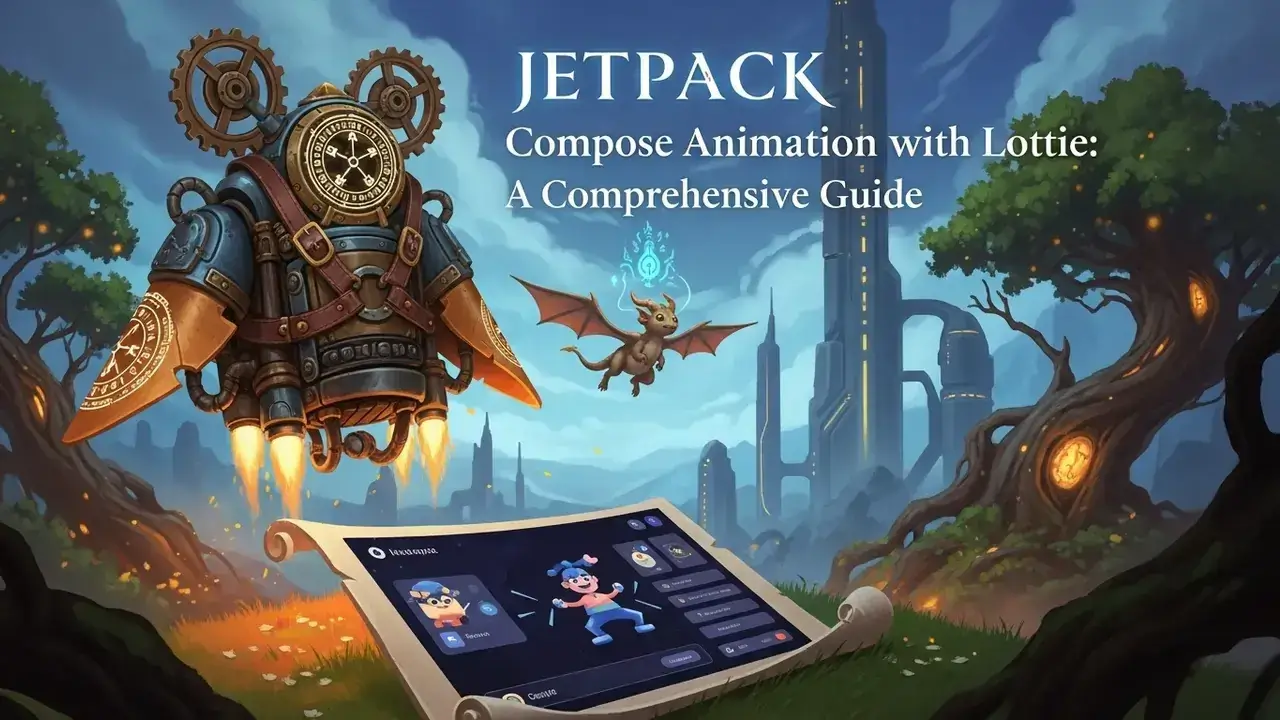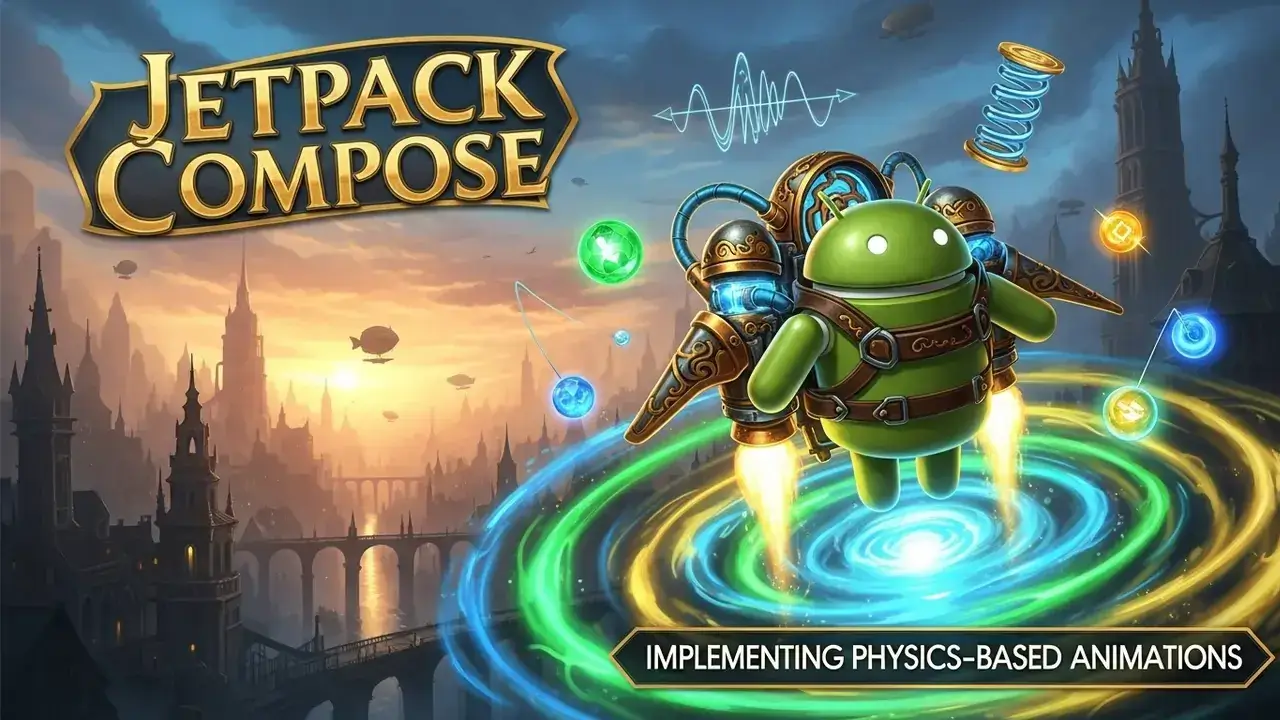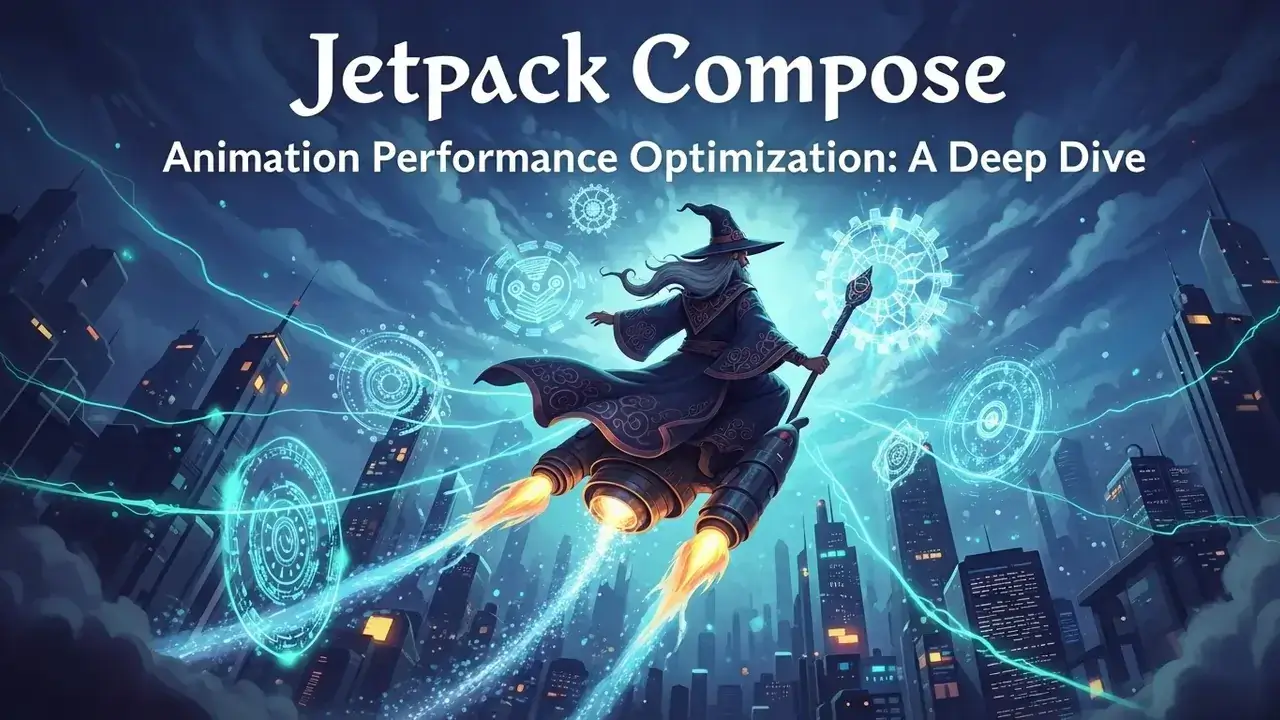Introduction:
Indulge in the world of sophisticated Android app development as we explore the deprecation of Kotlin Android Extensions and guide you through the opulent migration to Jetpack View Binding. In this lavish blog post, we will delve into the steps required to update your Gradle file, refine your activity and fragment classes, and provide you with invaluable tips for a seamless transition. Prepare to elevate your development experience to new heights!
Section 1: Introduction to the Exquisite World of Kotlin Android Extensions Deprecation
Unveiling a change that resonates with elegance, Kotlin Android Extensions, once a cherished feature allowing effortless access to views in XML layouts, has now been gracefully deprecated. However, fret not, for a more extravagant solution awaits in the form of Jetpack View Binding. This refined recommendation brings forth a more robust and refined approach to view binding.
Section 2: Updating the Gradle File with Majestic Grace
Prepare to embark on a journey of refinement by updating your module-level build.gradle file. With an air of grandeur, set the viewBinding build option to true within the buildFeatures block. Behold the example below, fit for royalty:
1android {2 ...3 buildFeatures {4 viewBinding true5 }6}Remember, each module that employs view binding must be adorned with this majestic configuration.
Section 3: Bidding Farewell to the Kotlin Android Extensions Plugin
Alas, the time has come to bid adieu to the once beloved Kotlin Android Extensions plugin. Since it is no longer supported, it must be gracefully removed from your Gradle file. Seek out the line that enables Kotlin Android Extensions, a relic of the past, often exemplified as:
1plugins {2 id 'kotlin-android-extensions'3}Remove this line, ensuring a harmonious coexistence with Jetpack View Binding, and avoid any conflicts that may arise.
Section 4: Embellishing Activity and Fragment Classes with Regal Beauty
Embrace the essence of refinement as we adorn your activity and fragment classes with the splendorous touch of Jetpack View Binding. With each step, your code will exude a regal charm that befits the noblest of applications.
Effortlessly remove all imports from
kotlinx.android.synthetic, as they no longer hold a place within the realm of opulence.With the utmost grace, inflate an instance of the generated binding class for your activity or fragment. For activities, this coronation takes place within the majestic
onCreate()method. Fragments, on the other hand, experience their crowning moment during the resplendentonCreateView()method.
Gaze upon the majestic example below, showcasing the transformation of your activity class:
1// Removing imports from kotlinx.android.synthetic, a noble act 2import androidx.appcompat.app.AppCompatActivity 3import android.os.Bundle 4import com.example.myapp.databinding.ActivityMainBinding 5And behold, the transformation of your fragment class, now adorned in opulence:
1// Removing imports from kotlinx.android.synthetic, as we embrace a new era of grandeur 2import androidx.fragment.app.Fragment 3import android.os.Bundle 4import android.view.LayoutInflater 5import android.view.View 6import android.view.ViewGroup 7import com.example.myapp.databinding.FragmentMainBinding 8Section 5: Revel in the Opulence of Jetpack View Binding
Jetpack View Binding bestows upon you a plethora of extravagant benefits, far surpassing the humble offerings of Kotlin Android Extensions:
Type safety: Behold the grandeur of view binding generating classes that provide type-safe references to views. The risk of runtime errors is eradicated, leaving you to revel in the confidence of your refined code.
Nullability handling: Jetpack View Binding bestows upon you the power to handle nullability with grace and poise. The generated binding classes provide nullable or non-null references, ensuring that you navigate the terrain of null safety flawlessly.
Improved performance: As if touched by a magic wand, Jetpack View Binding eliminates the runtime overhead that once burdened your application. Experience enhanced performance fit for the most discerning of users.
Swift build times: Embrace the efficiency that Jetpack View Binding brings to your development kingdom. Only classes for XML layouts that are truly used are generated, resulting in swifter build times compared to Kotlin Android Extensions.
Enhanced IDE support: Prepare to be enchanted by the full support and splendor that Jetpack View Binding receives from the illustrious Android Studio. Your coding experience shall be adorned with exceptional code completion and effortless navigation.
Section 6: The Grand Finale
In this resplendent blog post, we have explored the deprecation of Kotlin Android Extensions and guided you through the luxurious migration to Jetpack View Binding. With each step, your Android app development experience has been elevated to new heights of refinement and sophistication.
Embrace the opulence that Jetpack View Binding offers, and witness your code shimmer with elegance and grace. As you embark on this journey of refinement, may your development endeavors be adorned with success and your applications befitting of the noblest of users. Happy coding, dear developer, and may your creations continue to shine in the realm of Android app development!






Comments